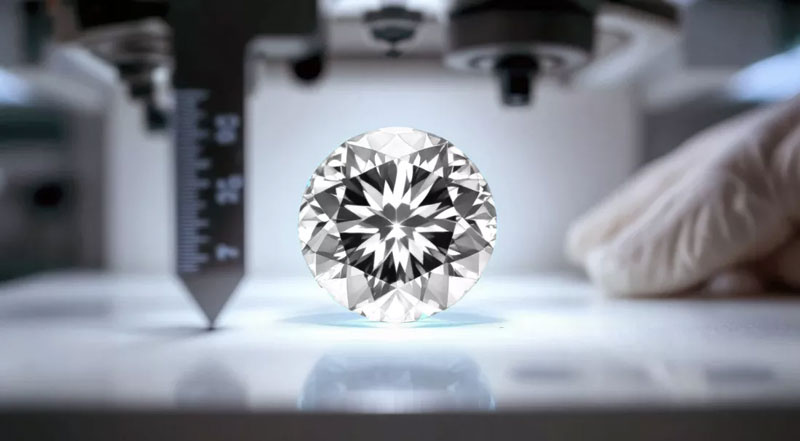Natural diamond has enormous hardness, which allows it to find many practical applications in industry and science. In addition, due to the special structure of the crystal lattice and the carbon atoms that make it up, this mineral can be used in electronics, possessing outstanding thermal characteristics and other unique properties. Chinese scientists have surpassed nature and synthesized a diamond with better properties.

Image source: techspot.com
Most natural and synthetic diamonds have a cubic crystal lattice structure, but there are rare exceptions. In particular, lonsdaleite is a type of diamond with a hexagonal crystal lattice, which gives it unique properties. In nature, lonsdaleites are found mainly in impact craters from meteorites, so they are extremely rare. They are usually synthesized in laboratories, but until now scientists could not boast of the special purity and large sizes of synthetic samples.
The lab-grown diamond reported by the researchers is an “irregular” hexagonal variety. It was created by heating highly compressed graphite. The team was able to obtain a hexagonal diamond sample about a millimeter in size. Its hardness was 155 gigapascals (GPa), which is significantly higher than that of natural diamonds (70–100 GPa). The synthesized lonsdaleite also demonstrated increased thermal stability in air — it withstood heating up to 1100 °C, while natural diamond began to oxidize at 700 °C.
The greatest demand for synthetic lonsdaleites is expected in industry. They can also be used in heat dissipation systems. In addition, such diamonds can help in the development of more reliable data storage devices and in the production of electronics, in many ways surpassing traditional diamonds in these areas. However, synthesis of lonsdaleites is currently expensive – at the level of natural diamond mining, and this obstacle must be overcome.